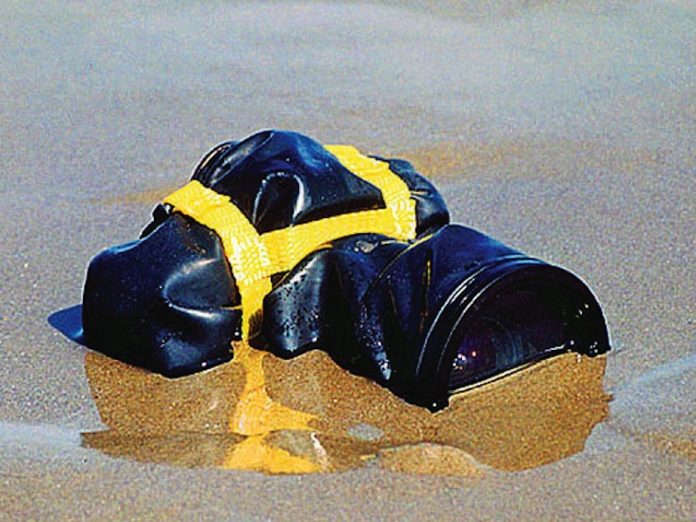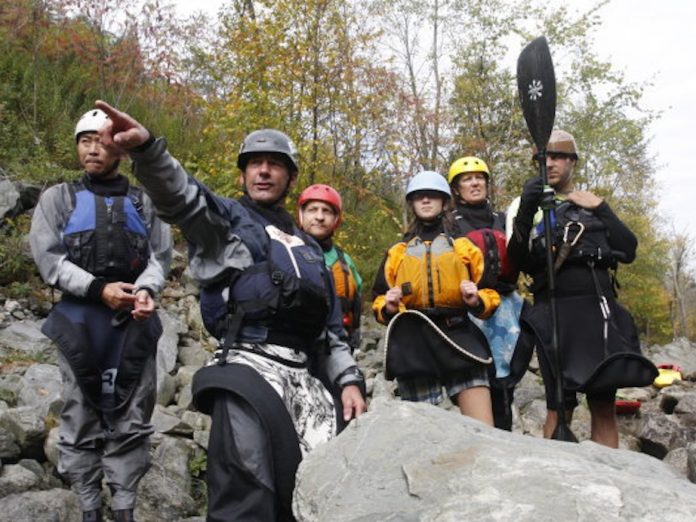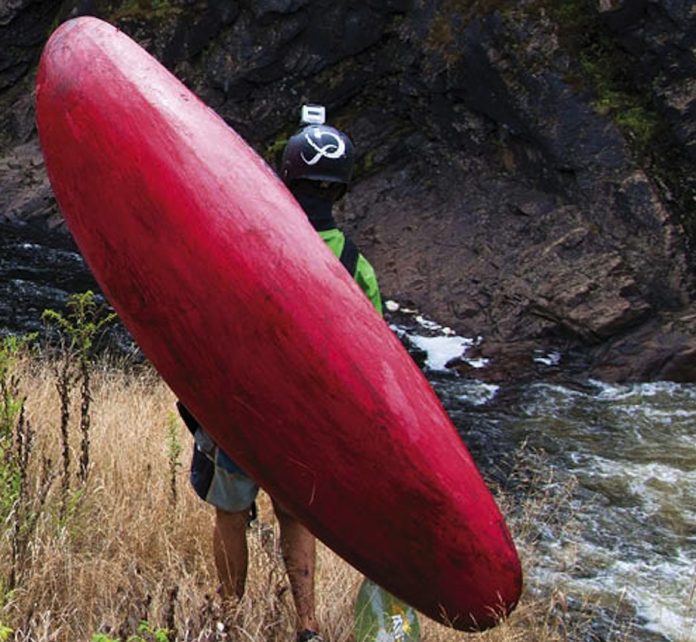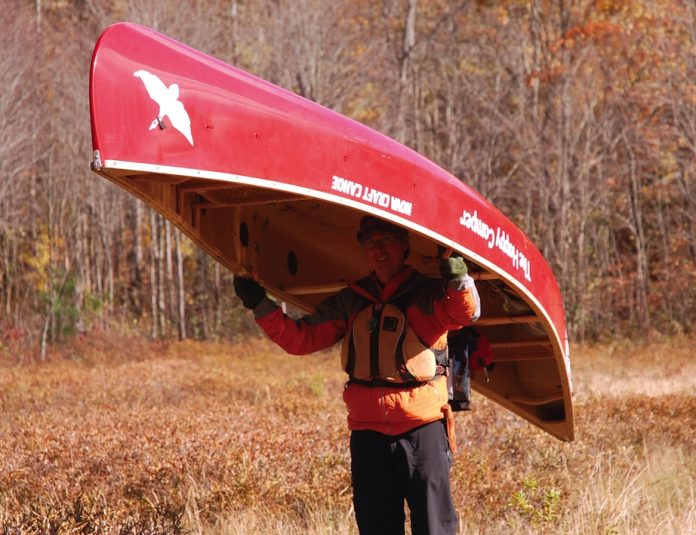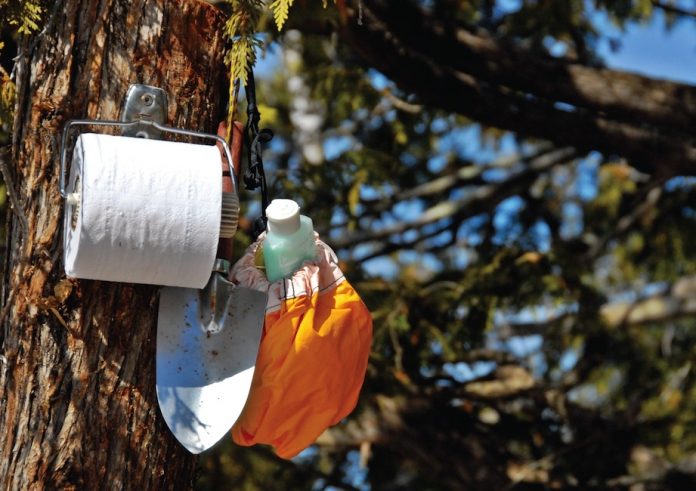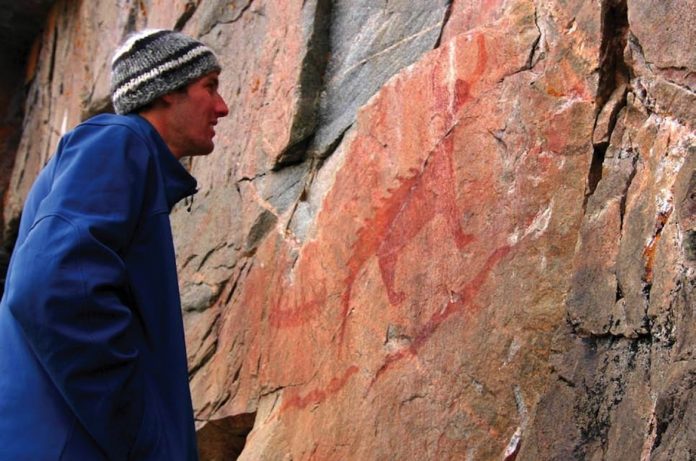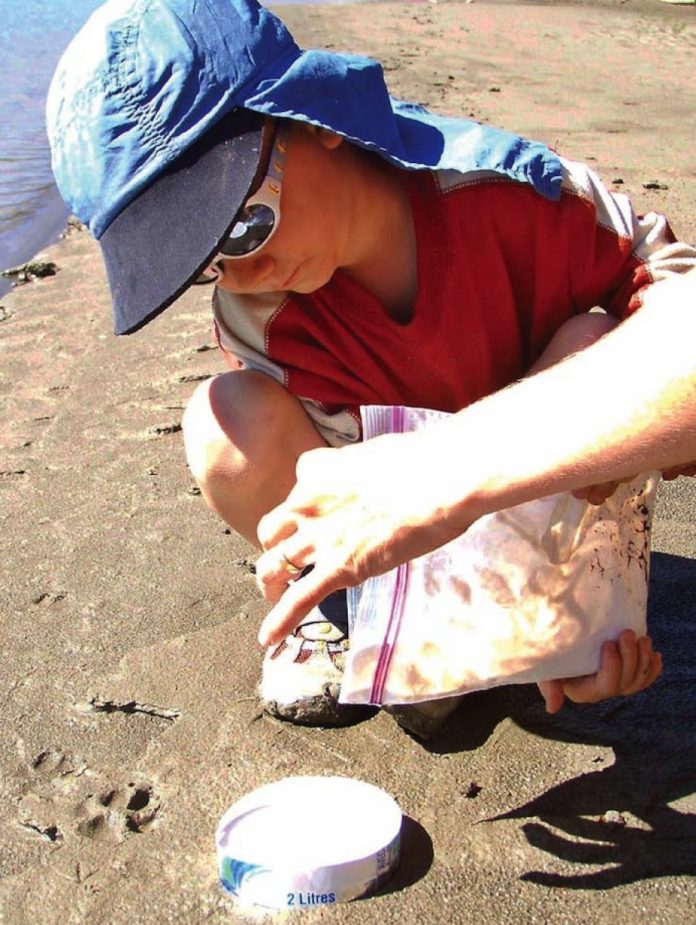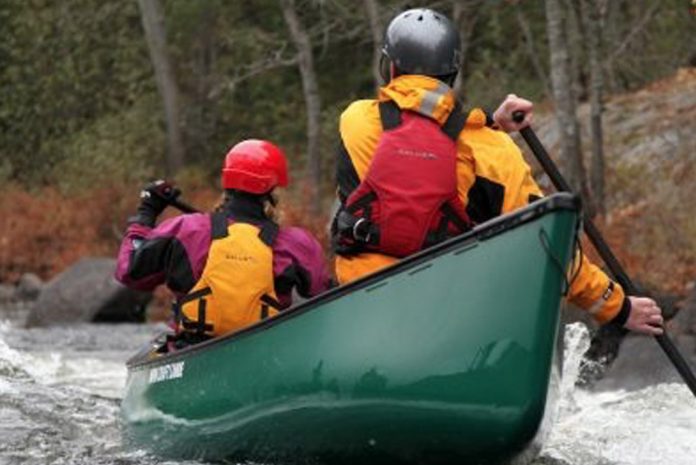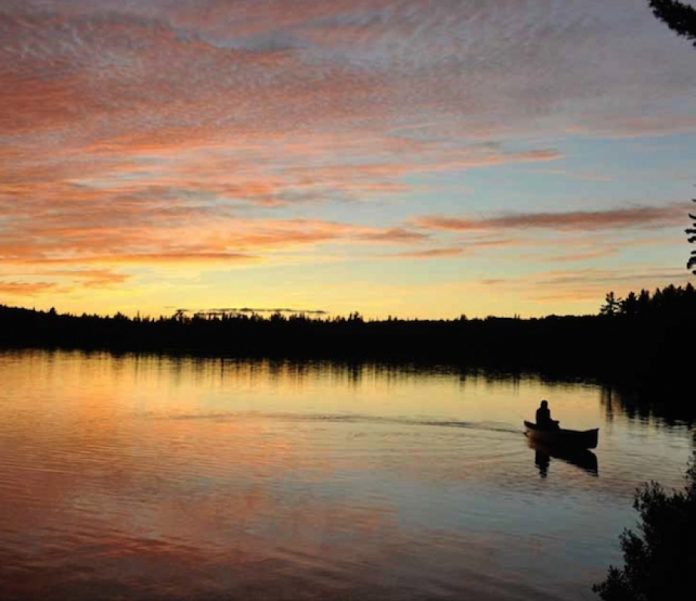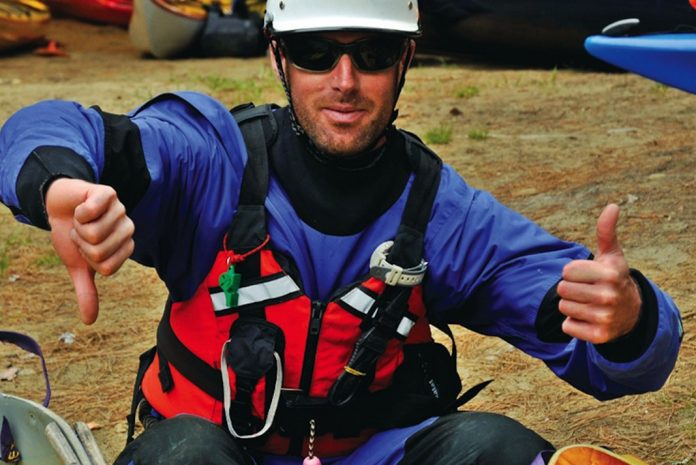My feet shuffled uncertainly along the sloping, slippery granite. To my right, Lake Superior’s frigid green waters lashed at the precarious ledge on which I stood. To my left, a pink face of cold rock rose skyward in a single perfectly vertical pitch. Suddenly, I spotted them—caribou, men, canoes, snakes and a myriad of mythical creatures leaping and gliding across the granite canvas. To my young eyes, the creatures appeared almost alive. These were my first pictographs—ancient rock paintings symbolizing people, events and medicine important to the artists who created them hundreds or even thousands of years ago.
It’s no coincidence that many pictographs—including the ones I visited as a child at Agawa Rock—are found in spectacular natural settings. For it is in these places that the connection to the spirit world is strongest. The Agawa Rock paintings are still every bit as vibrant today, as are some 500 other pictograph sites found across the Canadian Shield.
Petroglyphs—carvings that have been incised, abraded or ground using a stone tool upon rock walls—are part of this same rock art tradition that denotes a connection with the spirit world. While pictograph sites are widespread in the Canadian Shield region, petroglyph sits are confused to the southern portion.
Want to see this fascinating artwork for yourself? Read below to find out more about pictographs and petroglyphs in Ontario and Quebec to plan your trip to see them.
How to read rock art
Pictographs and petroglyphs were used by the Ojibway, Cree and Algonkian peoples of Shield country to record historical events, share creation myths and give power to visions and medicine. Learn the meaning behind the imagery and you can read one of the most fascinating records of early history.
Radiating lines
Denote objects, places, manitous or people with great powers. For example, a human form with lines radiating from his head is probably a medicine man (Mide) who received a gift of power from a manitou and made the painting in recognition.
Tally marks
May represent the number of days fasted by a person on a vision quest or by a Mide seeking medicine.
Handprint
Prayer to Kitche Manitou (the Great Spirit), thanks for medicine received, or the mark left by maymaygwayshiuk—wise and mischievous fairies who live in the rock—when they closed the door to their rock home.
Bird
The Thunderbird was a powerful guardian Manitou that protected people from the bad underworld manitous of earth and water.
Serpent
Dangerous, malevolent spirits—often depicted with horns or spines, which signify power. Snakes lived in the water and would upset canoes and drown their occupants if not appeased by offerings.
Cross
Dates back 2,500 years in First Nation symbolism. May refer to the four cardinal directions and four Wind Manitous.
Circles
Another ancient symbol; refers to the medicine wheel. Medicine men used megis—small, round seashells believed to bring good luck—in medicine rituals. A circle around the head indicates a person with special knowledge.
Best places to see petroglyphs and pictographs
Mazinaw Rock
Bon Echo Provincial Park, Ontario
Above the waterline of Lake Mazinaw, at a level comfortably reached from a canoe, over 260 pictographs adorn a 1.5-km-long cliff face. Like the other tribes of Shield country, the Algonquins who painted these figures and symbols hundreds of years ago believed that the sheer 100-m cliff was not only a physical boundary between water and land, but also a gateway to the spirit world. The powerful messages they left for the spirits at Mazinaw Rock comprise the largest single collection of pictographs in Canada and are easily viewed by canoeists.
Stay Awhile: Take a tour of Upper and Lower Mazinaw lakes on the park boat, or by canoe (rentals available). Find comfortable wilderness campsites, sandy beaches and great fishing on Joeperry, Pearson and Mazinaw lakes.
Info: Bon Echo Provincial Park is located one hour north of Napanee (90 minutes from Belleville) on Hwy 41. (613) 336-2228.
The Teaching Rocks
Petroglyphs Provincial Park, Ontario
On a smooth, horizontal outcrop of limestone—in a peaceful Central Ontario forest—over 900 figures carefully etched into the rock comprise the most outstanding petroglyph site in all of Canada. The animals, birds, people, spirits and other images carved into the rock are estimated to be around 2,000 years old. Many of the visions, events and medicine depicted in the rock are not fully understood, but onsite interpreters can help explain some of the stories and meanings written in the stone.
Stay Awhile: Four short hiking trails round out a visit to this day-use park. Mountain biking, swimming and camping are available a 50-minute drive north at Silent Lake Provincial Park.
Info: Petroglyphs Provincial Park is located 45 minutes northeast of Peterborough, off Hwy 28. The petroglyphs site is closed Thanksgiving through early May. (705) 877-2552.
Oiseau Rock
Sheenboro, Quebec
Oiseau Rock, a 150-m cliff rising abruptly from a narrows in the mighty Ottawa River, is an example of the damage wrought by spray paint and ignorance. Nevertheless, those pictographs that are still visible—fish, canoes, a bear, a bird, arrowheads and a human-like figure (likely Nanabojou, a creator manitou who showed people how to make stone tools, weapons and canoes)—speak of the long history of the Algonkian people in this area. You can paddle or boat to the site from up- or downriver but no roads reach it.
Stay Awhile: In nearby Fort-Coulonge, adventurous families can sign up for the new via ferrata tour at Chutes Coulonge Park—literally, iron route, a guided exploration of the gorge and 48-m falls using zip-lines, bolted ladders and cable walk-wires.
Info: Oiseau Rock is located on the Quebec shore of the Ottawa River 13 km upstream from Fort William, QC, and 14.5 km downstream from Deep River, ON.
Agawa Rock
Lake Superior Provincial Park, Ontario
While many rock paintings survive because they are protected from the elements by an overhang or cave, the Agawa paintings have somehow defied centuries of pounding waves, grinding ice and harsh weather on an exposed cliff face. Members of the Ojibway mined ochre on nearby Devil’s Warehouse Island and mixed it with fish oil to create a lasting red paint, forming the images 150 to 400 years ago. One panel tells the story of Myeengun (The Wolf), an Ojibway chief who led his people across the lake in canoes to repel an invasion from the Iroquois tribe, while others depict manitous—natural spirits with special powers. The most fearsome of these manitous is Mishipizheu, a horned lynx who controls the moods of the lake and thrashes his tail when angered, whipping the waters into a fury.
Stay Awhile: A dozen day hikes explore the park’s rugged landscape. The Nokomis trail begins at Old Woman Bay and loops 5 km to a breathtaking view of the bay and its 200-m cliffs. A ride on the Agawa Canyon Train Tour also offers sightseeing through the heart of the park.
Info: The pictographs are located in Lake Superior Provincial Park, 140 km north of Sault Ste. Marie, off Hwy 17. At Sinclair Cove, take the half-kilometre Pictographs trail—and watch your step. (705) 856-2284.
This article originally appeared in Canoeroots & Family Camping‘s Spring 2010 issue. Subscribe to Paddling Magazine’s print and digital editions here, or browse the archives here.



